epp_b
No longer a newbie, moving up!
- Joined
- Aug 22, 2008
- Messages
- 2,135
- Reaction score
- 12
- Location
- True North Cold and Freezing
- Website
- www.eppbphoto.com
- Can others edit my Photos
- Photos OK to edit
Keep in mind that, if you're shooting people, you'll probably want to isolate them from the background. Shooting at f/16 is going to give you a huge depth of field, making for a distracting background and making it difficult to avoid nasty merges (pictures where it looks like a tree in the background is growing out of the subject's head, for example). You'll need to use neutral density filters instead when you want a wider aperture for a soft background with a sharp subject. These will darken the frame the same as a smaller aperture, but without affecting depth of field and causing diffraction.So you would be limited to that shutter speed (1/200 in our example). This might mean that your exposure for the sky might be 1/200 and F16.


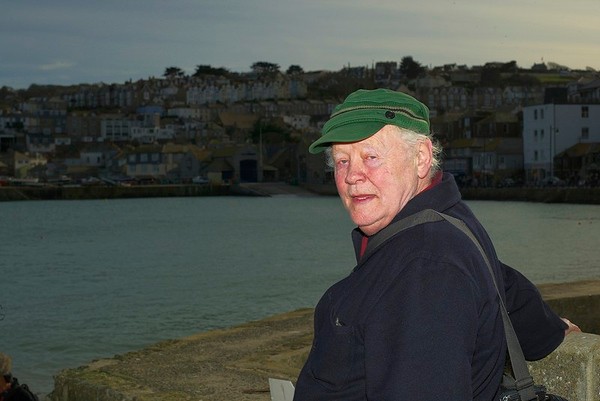
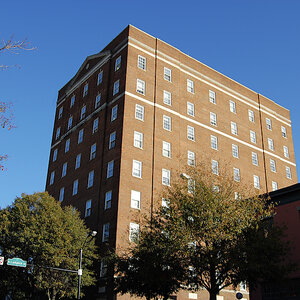
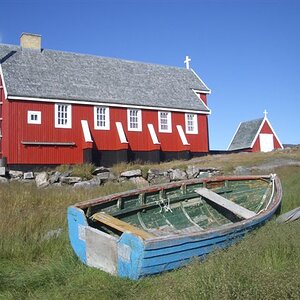
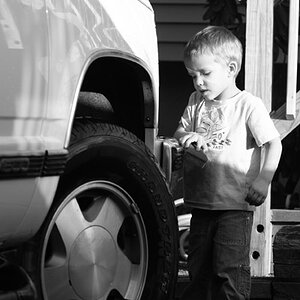
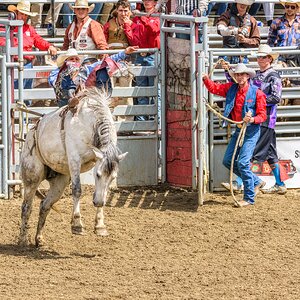
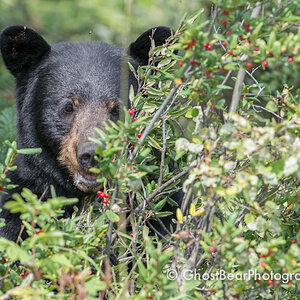
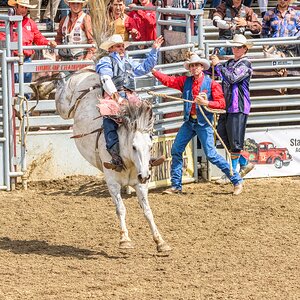
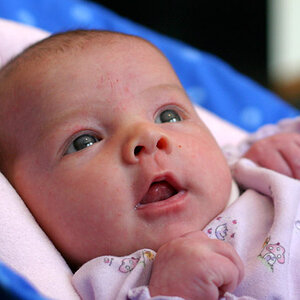
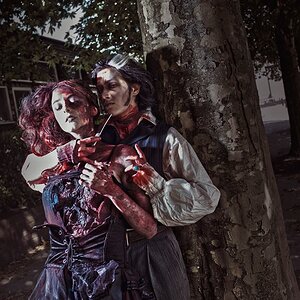
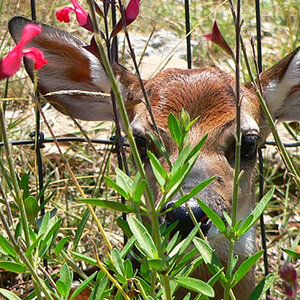
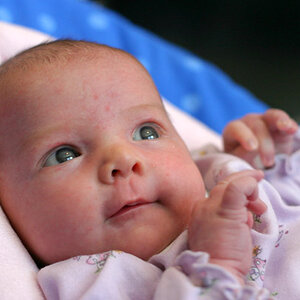
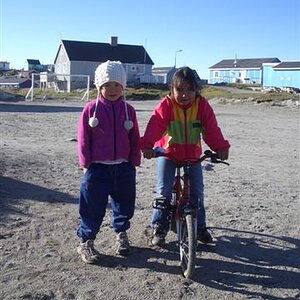
![[No title]](/data/xfmg/thumbnail/31/31034-2d8812b75c0bd23fdc2c885c24194e1f.jpg?1619734580)